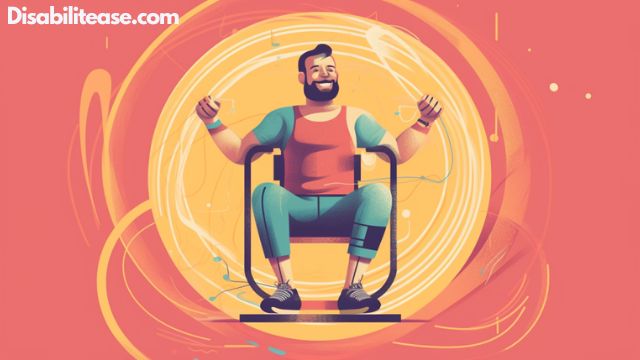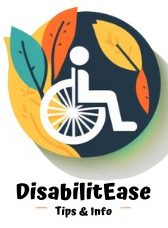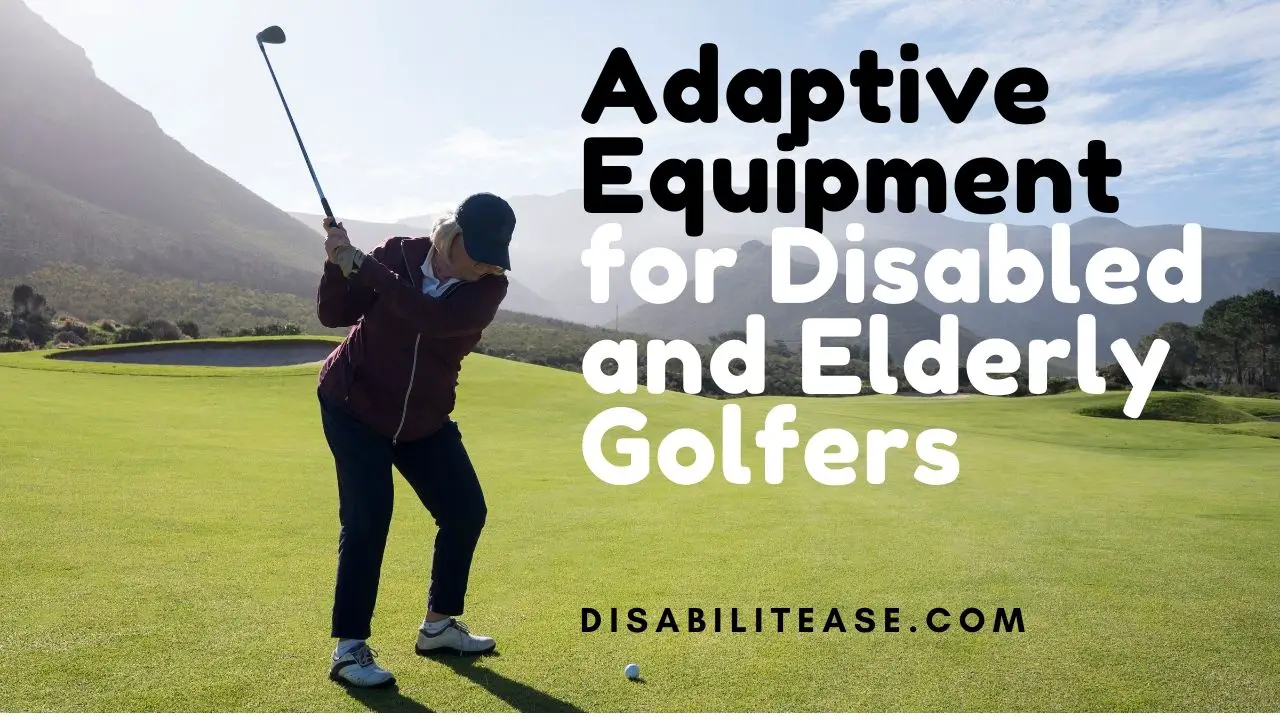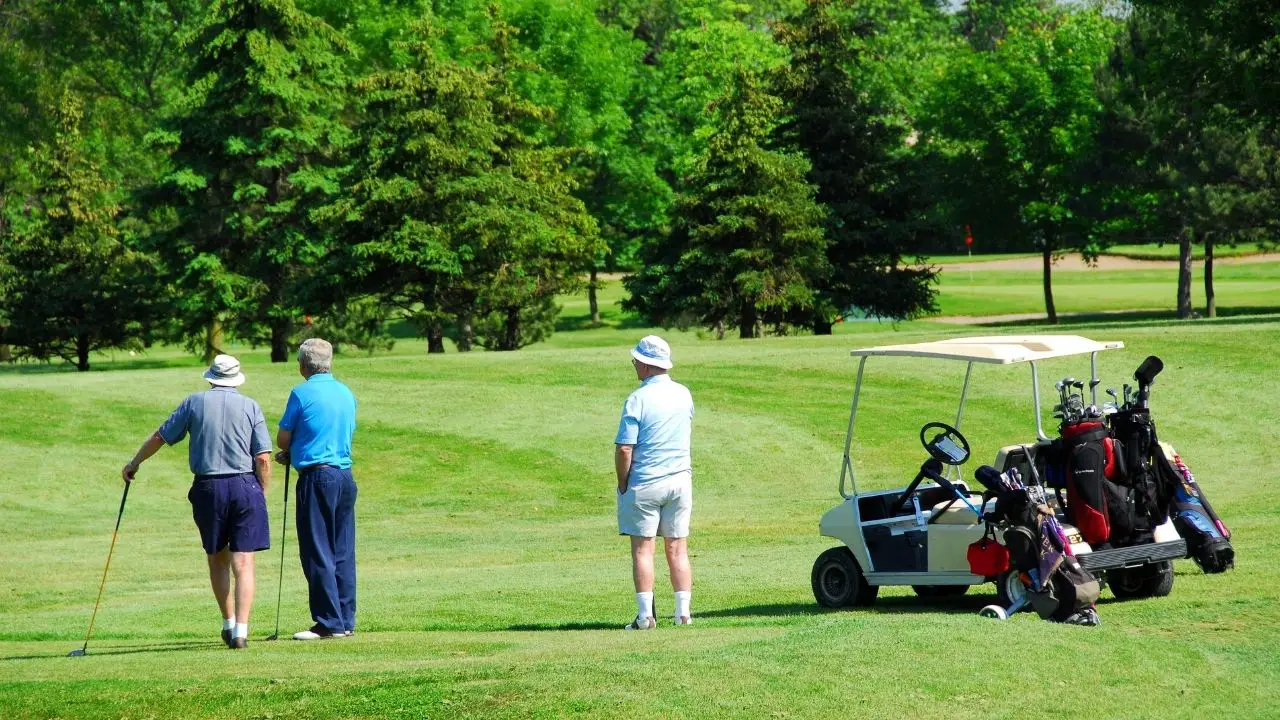Exercising is an important part of maintaining good health, but for individuals with limited mobility, it can be difficult to access. With the right resources and support, however, this doesn’t have to be the case – there are plenty of ways to make exercise more accessible.

In this article, we’ll look at how you can use adaptive equipment and involve healthcare professionals to make exercising easier and safer for those with limited mobility.
Table of Contents
Tips on How to Exercise Accessible For People With Limited Mobility
So if you’re someone who struggles with getting regular exercise due to physical limitations, keep reading!
Provide Resources and Support
You don’t have to tackle exercise alone – there are plenty of resources and support systems available to make it easier for you!
There are a variety of participation options available for individuals with limited mobility, such as chair yoga, adapted swimming, and seated Pilates. These activities can be done in accessible environments that provide the necessary equipment and support personnel.
In addition, many organizations offer specialized classes or one-on-one training sessions designed specifically for those with limited mobility. You can also take advantage of online resources that provide detailed instructions on how to safely execute exercises at home while taking into account your individual needs.
No matter what type of exercise you choose, it’s important to remember that everyone moves differently and has different capabilities. It’s okay if progress takes longer than usual; the important thing is that you’re taking steps towards a healthier lifestyle.
With the right resources and support systems, exercising can become an enjoyable part of life regardless of mobility level!
Utilize Adaptive Equipment

If you’re looking for ways to make exercise more accessible for individuals with limited mobility, consider utilizing adaptive equipment.
Specialized equipment like wheelchairs and adapted exercise machines can help people of all abilities participate in physical activity.
By using the right tools, anyone can join in on the fun, no matter their ability level.
Specialized equipment for wheelchair users
Wheelchair users often benefit from specialized exercise equipment designed to increase their range of motion and flexibility. This includes various types of resistance bands, adjustable pulley systems, weight-lifting bars, and transfer boards.
These pieces of adaptive equipment make it possible for wheelchair users to access a variety of accessible resources right at home or in the comfort of their own living space. Home workouts can be tailored to meet the user’s needs and requirements depending on their level of mobility and physical limitations.
Resistance bands can help build upper body strength as well as provide an excellent cardio workout; adjustable pulley systems can help engage larger muscle groups; weightlifting bars allow wheelchair users to practice basic exercises like bicep curls; and transfer boards are useful for aiding with transfers into bed or onto a restroom chair or even helping move around in tight spaces.
All these pieces of adaptive equipment make exercising more accessible for individuals with limited mobility.
Adaptive exercise machines
Adaptive exercise machines are an excellent choice for wheelchair users, offering a range of motion and flexibility to suit varying needs and abilities. Many adaptive exercise machines come with adjustable settings that allow the user to customize their workout according to their individual needs.
Online classes and virtual training can also be accessed through these machines so that even wheelchair users who are unable to leave their homes can still stay active. This makes it easier for people with limited mobility to access tailored exercises in a comfortable setting, without having to worry about accessibility or transportation issues.
Additionally, many adaptive exercise machines come with pre-loaded programs designed for different levels of ability, making it easy for individuals with limited mobility to find the right program for them.
Involve Health Care Professionals

You can benefit from involving health care professionals when exercising with limited mobility. Consulting with physical therapists can help you develop an exercise program tailored to your specific needs.
Working with trainers and coaches can ensure you’re using the correct form and focusing on the right muscles. Taking advantage of professional resources helps maximize the effectiveness of your workout and minimize the risk of injury.
Consulting with physical therapists
Consulting with a physical therapist can help you find ways to exercise that work for your unique needs. Adaptive exercises tailored to your specific limitations and abilities can provide an effective way to get the benefits of physical activity without risking further injury or discomfort.
A physical therapist will evaluate your condition, assess any limitations you may have, and create an individualized plan for home workouts that are safe and effective. Here are three benefits of consulting with a physical therapist:
- Learn about adaptive exercises specifically designed for people with limited mobility
- Get personalized tips on how to stay active in the comfort of your own home
- Receive guidance on how to properly use assistive devices when exercising
Working with trainers and coaches
Working with trainers and coaches can provide the opportunity to customize an exercise program that meets the needs of those with limited mobility. Through personalized training, they can tailor programs to individual needs, allowing for a safe and effective workout routine.
The trainer or coach can also help modify exercises for those who may require special equipment or assistance, as well as provide motivation and support throughout the program. They’re trained to identify any potential risks associated with certain movements and will make adjustments accordingly.
Having someone by your side throughout each session can be extremely beneficial for individuals with limited mobility in terms of both safety and enjoyment.
Conclusion
You can make exercise more accessible for individuals with limited mobility by providing resources and support, utilizing adaptive equipment, and involving health care professionals.
With the right tools in place, anyone can find an exercise routine that fits their lifestyle and helps them reach their goals. Exercise isn’t just about physical health; it’s also about feeling empowered and capable of achieving whatever you set your mind to.
Everyone should have the opportunity to experience these feelings – no matter what challenges they face.

Hi, my name is Eddie, I am a professional trainer specializing in the elderly population and I’m also a website designer. I love training in the gym, going to the beach, traveling, and having good food.
I combined my love for sport and website designing to make “DisabilitEase” whose purpose is to help elderly and disabled people live a more full and active life, have more fun, and enjoy their unique journey despite any disability.



